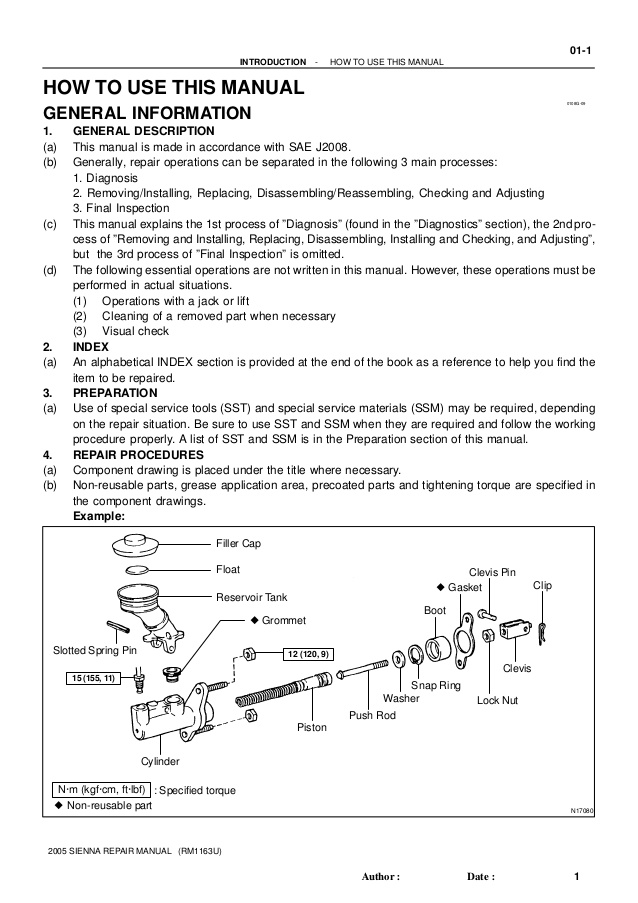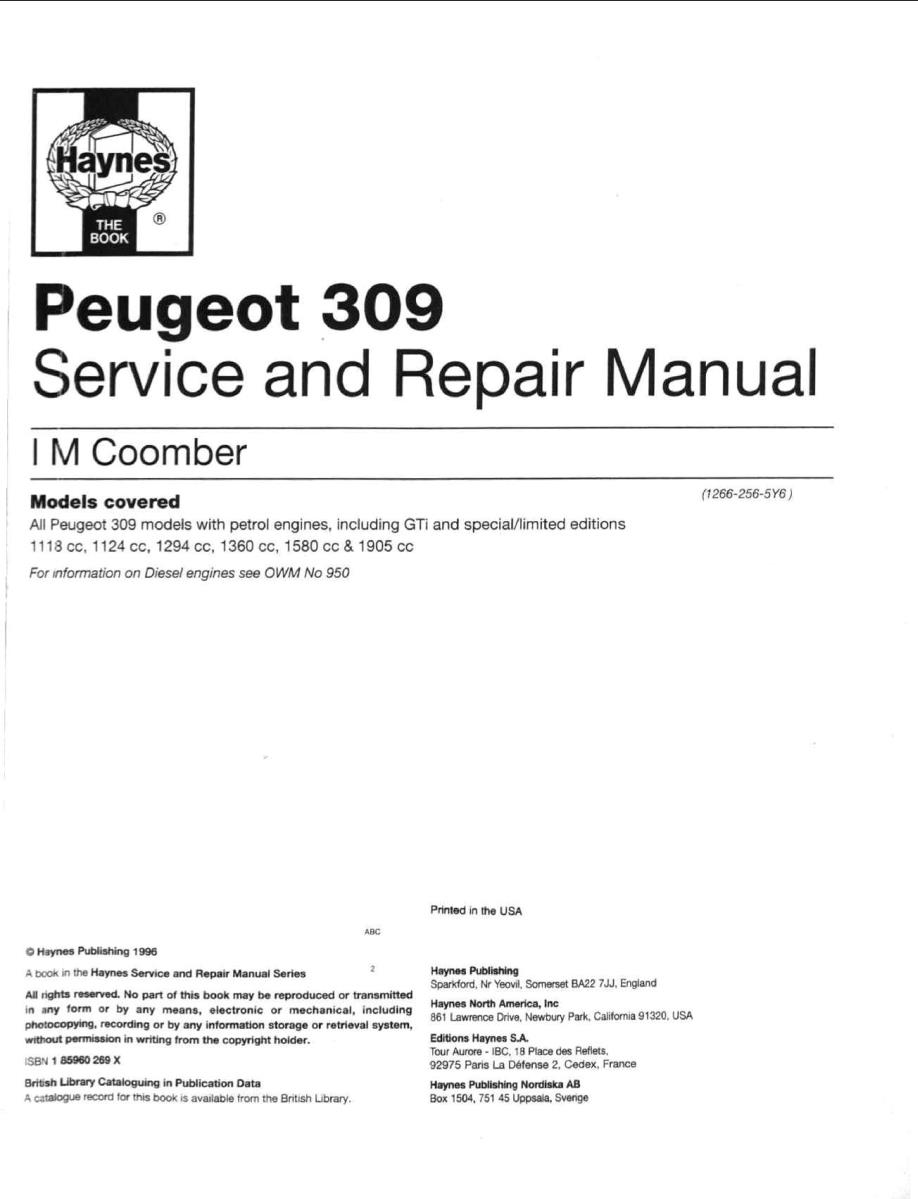
Also added, were two new engines, a 1.25-liter, and 1.4-liter 4-cylinder. Changes included an oval grill to match the Ford logo, as well as new interior styling. The fourth-gen Fiesta featured much more aerodynamic, rounded styling cues. Two years later, in 1992, the 1.6-liter was replaced by a more powerful 1.8-liter.įord third-gen Fiesta claimed “Car of the Year” in 1989, and had sold over 2-million units by its second year in production. Also added in 1990 was the Fiesta RS Turbo, delivering an impressive 128-BHP using its 1.6-liter 4-cylinder, capable of reach as high as 133-MPH. Further options were also introduced, like power windows and ABS brakes. Due to the lengthened wheelbase and broader stance, the first 5-door Fiesta was born. The third-gen Fiesta marked some of the more significant changes yet, through an all-new platform. At the end of its second-generation, the Fiesta had become a name that everyone knew. In 1984, the sportier XR2 made its way to the gen two Fiesta, paired with a 5-speed manual and upgraded brakes and suspension.īy 1987, the Fiesta enjoyed its best sales year ever in Britain, with over 150,000 units having sold. By this time, Ford had a new level of confidence in its supermini and began widening its offerings, starting with a 1.6-liter diesel variant. Second Generation (1983-1989)Īrriving in August of 1983, the second-gen Fiesta featured an all-new front-end and interior. In 1981, a new, more powerful 1.6-liter engine became available in the XR2 package, raising the top speed of the Fiesta to 100-MPH. By 1982, that number doubled to 2-million, making it the best-selling car in Britain at the time. By 1980, Ford had sold more than 1-million Fiestas. It was the first front-wheel-drive car available by Ford, and only the second mini hatchback available in the UK.

The first-generation came with two engine choices, a 0.9-liter, and a 1.1-liter 4-cylinder capable of reaching a top speed of up to 81-MPH.

The 1973 oil crisis sparked a need for more fuel-efficient vehicles like never before - the Fiesta was Ford's response. One of the most successful markets for the Fiesta is Britain, where it held the title of "Most Popular New Car" 9 separate times between 19.įrom humble beginnings to a worldwide sensation - let's now look at each of the generational changes the Ford Fiesta has gone through. With over 16-million units having sold as of 2019. It has since become one of the most popular Ford models around the globe. A risky bid for the US car giant, since superminis were an uncharted-space, and fears of not turning a profit were high.


Ford Fiesta Introduction – Lifetime Production Numbers: Over 16,000,000įord first unveiled the Fiesta in Europe in 1976.


 0 kommentar(er)
0 kommentar(er)
